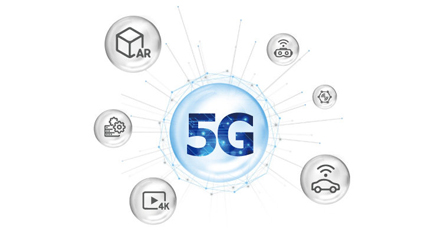|
The first commercial rollouts of fifth-generation (5G) networks are expected to start this year. While mobile service providers are well on their way in planning for the introduction of 5G, consumer perceptions around this new technology are still unclear. What users expect and how service providers can ensure that 5G will be a success have been topics of Ericsson’s latest insights.

Ericsson Consumer Lab interviewed smartphone users across 50 countries to understand what factors will drive the success of 5G among consumers. Ericsson’s conclusion from this study is that buyers do not want “just another G” but a whole new experience. To boil this down, Ericsson meticulously matched the consumer feedback with business and network evolution advice and came up with four areas on which service providers can focus. The following outlines the four areas with the main consumer insights:
- Satisfying customers’ need for more: Approximately 30% of smartphone users expect 5G to deliver speeds faster than current fourth-generation (4G) speeds, and data use is a key driver for the demand in speed.
- 5G to be better than Wi-Fi: Today, 82% of consumers prefer Wi-Fi to mobile broadband. However, the reign of Wi-Fi could be shifting, because a third of global consumers who prefer Wi-Fi, for factors such as speed, reliability, security, and video experiences, expect 5G to outperform Wi-Fi.
- Apps, services, and devices for the 5G era: One-half of global consumers want to upgrade to a 5G handset within a year of networks being available, while 18% say they will upgrade to a 5G handset as soon as networks are ready. More than 40% say that a whole new class of devices will be needed to handle 5G speeds.
- Keep 5G real for early adopters: The success of 5G will hinge on its appeal among so-called 5G forerunners, who represent 14% of global smartphone users. This tech-savvy consumer segment has high expectations for 5G. Marketing the new technology will require particular attention to getting the most out of launching it early.
The Ericsson study shows that more than one-half of global consumers agree that third-generation (3G) services were marketed as 4G services before 4G was widely available, and they expect the same to happen with 5G.
Full article: IEEE Vehicular Technology Magazine, Volume 13, Number 3, September 2018 |